|
READ YOUR LABELS: DMDM hydantoin is listed by the FDA as one of the preservatives found to cause the most allergic reactions from the use of cosmetic products. It works as an antimicrobial agent and preservative in cosmetics and personal care products. It's also a “formaldehyde donor.” That means it releases a small amount of formaldehyde over time to help keep products fresh and free from contaminants. The FDA requires certain products to contain an ingredient declaration, but some ingredients may not be specifically identified and instead listed as “fragrance” or “perfume.” Here are several class action lawsuits against personal care companies using DMDM Hydantoin.
Johnson & Johnson Hair Products Cause Hair Loss, Lawsuit Claims 'Broken promise': Lawsuit claims ingredient in some J&J shampoos causes hair loss Johnson & Johnson OGX Shampoo Makes Your Hair Fall Out, Class Action Lawsuit Alleges Class Action Lawsuit Says Mane ‘n Tail Products Leach Formaldehyde, Causing Hair Loss, Scalp Irritation TRESemmé Class Action Lawsuit Claims Shampoo Causes Hair Loss, Scalp Burns Suave Hair Products’ Ingredient Causes Hair Loss, Scalp Irritation, Class Action Alleges Selsun Blue Chemicals Can Cause Irritation and Hair Loss, Says Class Action Lawsuit The DevaCurl Class Action Lawsuit was settled on July 28, 2021 $5.2 M DevaCurl Hair Loss Class Action Settlement With $20 Rebates, $19K Awards Proposed
0 Comments
8/20/2021 0 Comments 9 Steps to Washing Your Hair LessWeaning yourself off the shampoo bottle might seem daunting, but anyone can do it, given the right approach. I have developed a reputation for being TreeHugger's 'hair' person, thanks to all the weird experiments I've done over the years, from ditching shampoo in favor of baking soda and apple cider vinegar to not washing with any cleanserfor forty days. As a result, I get a lot of questions about hair care, particularly from friends who read my posts and wonder how I do it. The most common complaint I hear is, "My hair is so greasy. I could never go that long without washing." Many women and men are preoccupied with this idea of greasiness and needing to fight it on a daily basis. I used to be in this situation myself. I've come to believe that this is a real problem, and that our obsession with combatting greasy hair gets in the way of appreciating how much more manageable and healthy hair can be when it does have a bit of oil in it. It is crucial to understand that the more you wash your hair, the greasier it will get. When shampoo strips the hair of its natural oils, the scalp compensates for that loss by producing more oil.1 It creates a cycle in which more washing leads to more oil, and so on. In order to break it, you must be willing to put up with levels of oiliness that may not feel acceptable at first, but eventually an equilibrium will be established. I give the following advice when people ask me about how to improve their hair care routines. Accept the Oil  Hair is not meant to feel dry and freshly washed all the time; and even if that's what you're used to, you'll learn to appreciate the feeling of slightly oily hair that's smooth, easy to style, frizz-free, and shiny. Slowly Reduce the Number of Washes Use Less Cleanser If you're a shampoo user, use less so that your hair doesn't get quite so clean. Avoid the unnecessary repeat wash. If you use baking soda and apple cider vinegar, use less. (I started using 2 tbsp of each per wash, but now I'm down to 1 tbsp when I do it. See quantities here.) Do a water-only rinse if you're sweaty after a workout. Massage and Brush 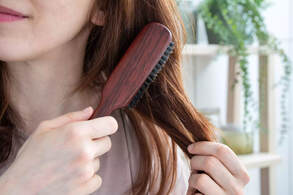 Give yourself a vigorous scalp massage with your fingertips to move the oil away from the scalp and distribute down the hair shaft. Do this once or twice daily. Use a hairbrush to do the same. But for the rest of the time, see the next point... This won't happen overnight. If you wash daily, try to push it by 12 hours, then skip a day. Avoid washing on weekends if you don't have plans. Avoid Touching Your Hair  There's oil on your fingers that will make hair limp and lackluster, the more you touch it. Try to keep your hands off your hair unless you're styling or massaging. Use a Natural Dry Shampoo to Stretch the Time Between Washes
Learn the Hairstyles That Work 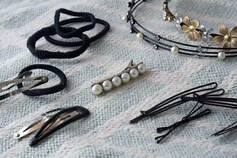 The trick to managing greasiness, I've discovered, is about figuring out how to wear your hair in ways that work. Take advantage of braids, ponytails, buns, headbands, and hairpins to feel presentable and to stretch the time between washes. I find that straightening my hair a day or two after washing helps it go much longer. Think of Washing as Something You Do Only When You Need It, Not Because It's Time  You probably have a hair-washing schedule; but rather than washing it automatically just because that time has come, reassess your hair and see if it can go further. You might be surprised. I now push my washes from 6 to 10 days -- and the difference in the amount of greasiness from day 6 to day 10 is minimal. Don't Give up 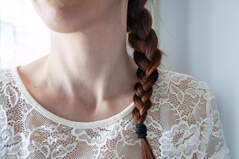 Reducing the frequency of hair-washing will save you loads of time and money. It will result in healthier, stronger, more manageable hair. Go gradually and steadily. It might take two or three months, and you may feel discouraged along the way, but realize that anyone can do this. From TreeHugger
(And It’s Reversible) Legend has it that Marie Antoinette’s hair turned gray overnight just before her beheading in 1791. Though the legend is inaccurate—hair that has already grown out of the follicle does not change color—a new study from researchers at Columbia University Vagelos College of Physicians and Surgeons is the first to offer quantitative evidence linking psychological stress to graying hair in people. And while it may seem intuitive that stress can accelerate graying, the researchers were surprised to discover that hair color can be restored when stress is eliminated, a finding that contrasts with a recent study in mice that suggested that stressed-induced gray hairs are permanent. The study, published June 22 in eLife, has broader significance than confirming age-old speculation about the effects of stress on hair color, says the study’s senior author Martin Picard, PhD(link is external and opens in a new window), associate professor of behavioral medicine (in psychiatry and neurology) at Columbia University Vagelos College of Physicians and Surgeons. “Understanding the mechanisms that allow ‘old’ gray hairs to return to their ‘young’ pigmented states could yield new clues about the malleability of human aging in general and how it is influenced by stress,” Picard says. “Our data add to a growing body of evidence demonstrating that human aging is not a linear, fixed biological process but may, at least in part, be halted or even temporarily reversed.” Studying hair as an avenue to investigate aging“ Just as the rings in a tree trunk hold information about past decades in the life of a tree, our hair contains information about our biological history,” Picard says. “When hairs are still under the skin as follicles, they are subject to the influence of stress hormones and other things happening in our mind and body. Once hairs grow out of the scalp, they harden and permanently crystallize these exposures into a stable form.” Though people have long believed that psychological stress can accelerate gray hair, scientists have debated the connection due to the lack of sensitive methods that can precisely correlate times of stress with hair pigmentation at a single-follicle level. Splitting hairs to document hair pigmentation Ayelet Rosenberg, first author on the study and a student in Picard’s laboratory, developed a new method for capturing highly detailed images of tiny slices of human hairs to quantify the extent of pigment loss (graying) in each of those slices. Each slice, about 1/20th of a millimeter wide, represents about an hour of hair growth. Hair pigmentation patterns of 100 hairs from a male and female study participant. Darker hair colors represented in red; lighter in blue. Image from Rosenberg et al. (2021). “If you use your eyes to look at a hair, it will seem like it’s the same color throughout unless there is a major transition,” Picard says. “Under a high-resolution scanner, you see small, subtle variations in color, and that’s what we’re measuring.”
The researchers analyzed individual hairs from 14 volunteers. The results were compared with each volunteer’s stress diary, in which individuals were asked to review their calendars and rate each week’s level of stress. The investigators immediately noticed that some gray hairs naturally regain their original color, which had never been quantitatively documented, Picard says. When hairs were aligned with stress diaries by Shannon Rausser, second author on the paper and a student in Picard’s laboratory, striking associations between stress and hair graying were revealed and, in some cases, a reversal of graying with the lifting of stress. “There was one individual who went on vacation, and five hairs on that person’s head reverted back to dark during the vacation, synchronized in time,” Picard says. Blame the mind-mitochondria connection To better understand how stress causes gray hair, the researchers also measured levels of thousands of proteins in the hairs and how protein levels changed over the length of each hair. Changes in 300 proteins occurred when hair color changed, and the researchers developed a mathematical model that suggests stress-induced changes in mitochondria may explain how stress turns hair gray. “We often hear that the mitochondria are the powerhouses of the cell, but that’s not the only role they play,” Picard says. “Mitochondria are actually like little antennas inside the cell that respond to a number of different signals, including psychological stress.” The mitochondria connection between stress and hair color differs from that discovered in a recent study of mice, which found that stress-induced graying was caused by an irreversible loss of stem cells in the hair follicle. “Our data show that graying is reversible in people, which implicates a different mechanism,” says co-author Ralf Paus, PhD, professor of dermatology at the University of Miami Miller School of Medicine. “Mice have very different hair follicle biology, and this may be an instance where findings in mice don’t translate well to people.” Hair re-pigmentation only possible for some Reducing stress in your life is a good goal, but it won’t necessarily turn your hair to a normal color. “Based on our mathematical modeling, we think hair needs to reach a threshold before it turns gray,” Picard says. “In middle age, when the hair is near that threshold because of biological age and other factors, stress will push it over the threshold and it transitions to gray. “But we don’t think that reducing stress in a 70-year-old who’s been gray for years will darken their hair or increasing stress in a 10-year-old will be enough to tip their hair over the gray threshold.” More information The study is titled “Quantitative Mapping of Human Hair Greying and Reversal in Relation to Life Stress(link is external and opens in a new window).” All contributors (all from Columbia unless noted): Ayelet Rosenberg, Shannon Rausser, Junting Ren, Eugene V. Mosharov, Gabriel Sturm, R. Todd Ogden, Purvi Patel, Rajesh Kumar Soni, Clay Lacefield (New York State Psychiatric Institute), Desmond J. Tobin (University College Dublin), Ralf Paus (University of Miami, University of Manchester, UK, and Monasterium Laboratory, Münster, Germany), and Martin Picard. The research was funded by grants from the Wharton Fund and the National Institutes of Health (grants GM119793, MH119336, and AG066828). The authors declare no competing interests. 7/25/2021 0 Comments What Does Blue Shampoo Do?When you color your hair brown or blonde, you might not like the warmth that comes through your hair color. Going for a cool-toned look, it’s important to have an at-home care routine that will help you neutralize brassy tones and keep your color free of unwanted orange shades. If this sounds like something you struggle with, find out more about what a blue shampoo is and how to use it properly to avoid having a green hair mishap. 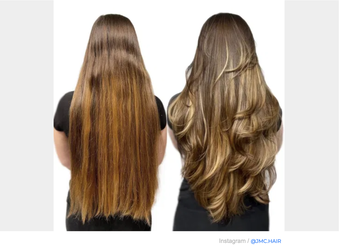 What Does Blue Shampoo Do? Blue shampoo is a toning shampoo that contains blue pigments. The latter deposit onto the hair with each wash, neutralizing any warm underlying pigments. If you have red or orange tones in your hair, blue toner will not give you a blue tint: because blue and orange are opposites on the color wheel, blue pigments will do corrective coloring, neutralizing orange and keeping your hair color cool. 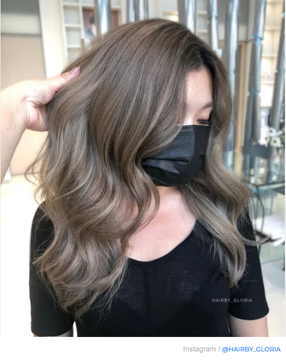 Who Should Use Blue Shampoo? Blue shampoo should be used on lightened and highlighted brown hair and is ideal for anyone trying to maintain a perfect caramel, dirty blonde, and ash brown color. It can also be used on natural brunettes but the effect might not be as drastic. Here is a color science behind it. Each hair color has a variety of underlying warm pigments that always come through when the hair is being lightened to a new hair level. Medium to light shades of brown hair naturally contain warm undertones such as red and orange, and they almost always come through when going through a color process. In this case, you will most likely benefit from a blue shampoo that will help you reach or maintain the desired brunette hair color. 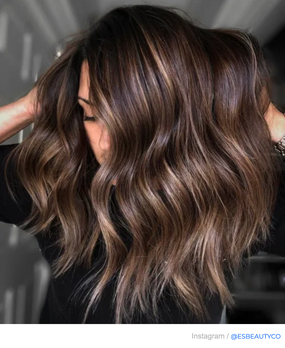 For highlighted and blonde hair, the results of using a blue pigment may be different and, potentially, less appealing. It is not recommended for golden or yellow-based blondes because blue shampoo can add a green tint to the hair. Remember, when yellow and blue mix, it creates a green color – a hair color mistake that is very difficult to correct. Thus, when your hair is highlighted to yellow, you should be very careful with blue toners and blue shampoos. If your hair is highlighted to a pale yellow or almost white blonde, a blue shampoo can give it a slight blue tint. Thus, when you seek an icy blonde color, it is key to use a silver blue toner instead of a blue one. It will neutralize the underlying red and orange pigments in your hair and enhance the icy tones. 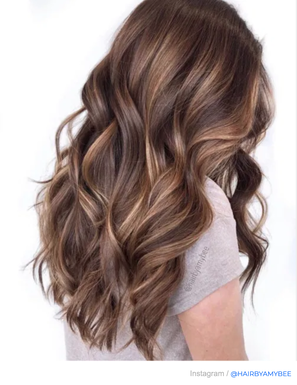 Blue Shampoo vs Purple Shampoo Purple shampoo and blue shampoo work in a similar way, canceling brassy tones in your hair color. Because purple and yellow are opposites on the color wheel, violet pigments cancel out brassy yellow tones, which makes it great for making blonde hair more neutral. However, the purple shampoo will not work as well for caramel highlights or ash brown hair, as brassy orange is best neutralized by blue pigments. 5 Best Blue Shampoos to Choose If blue shampoo sounds like something you would benefit from using, look into purchasing one of our favorite ones:
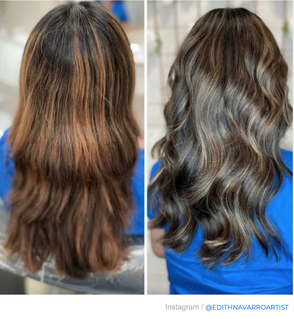 How to Use a Blue Shampoo? Whatever your desired look is, most toners are demi-permanent colors. Thus, a color stays looking its freshest for up to 3 weeks, and you can expect to see warm tones coming back through towards this time. Of course, that depends on how often you shampoo your hair, how much you are exposed to the sun, and the quality of your water. If you want to avoid the warm tones, invest in a blue shampoo to use in between hair appointments at home. You likely won’t need to start using a blue shampoo until week 3; however, feel free to add it to your hair care routine whenever you notice a lot of unwanted brassy tones coming through your strands. Once you feel it is time to start incorporating it into your hair care routine on a regular basis, use it up to two times a week, which is generally enough to see the tonal change in your hair. When we reach for a new food or skin care product, many of us turn to Google to find out what is in it. We want to know what makes it “good” for us or if it will “work” to make us look better and more youthful. Unfortunately, most people do not do this when picking out hair care products, and our scalp is often given little thought. Do you know what shampoo really is or why you even use it? Did you know you have a choice and there are many shampoo alternatives that give better results? Find out more about the no-poo method and why ditching the shampoo is not as crazy as it sounds. What Does the No-Poo Method Even Mean? For those of you that may not have heard of the no-poo movement, it is the choice to not use a shampoo that contains harsh detergents to cleanse your hair. Whenever I approach this conversation with a new client, the majority of the time they are unaware that using traditional shampoos means putting detergent on a scalp and stripping the oils that a scalp and hair need to be healthy. Over the years, more and more people have created their own techniques for healthier scalp cleansing and are actively falling into the no-poo crew. Here are some compelling reasons why you should, too. Why Switch to the No Shampoo Hair Care What made you buy the shampoo and/or conditioner taking up space in your shower? Was it the way it lathers up and releases a pretty scent, was it the cool packaging that hooked you, or did someone tell you that you needed to have it? What if I told you that it lathers because it contains detergents that are not supposed to be on your scalp and scents that are more than likely artificial and irritants? Detergent is an amazing cleaning agent. It is great at stripping away everything on your scalp, but it doesn’t pay any attention to what is being stripped away. Think of the things you use detergent on. Clothes, cars, floors… Now imagine putting shampoo, which has detergent, on your body or your face. At this point, you might give me an uneasy look. Hear me out though, you have immediate reasons as to why you would not do this: it would dry your skin out, be too hard, make you break out, etc. Why then do you think it is safe and necessary on your scalp? Is the skin on your scalp really that different from any other skin on your body? The answer is no. However, what makes it different offers more reasons as to why you don’t want detergent touching the scalp. Your scalp has a protective layer of oil called sebum. Sebum is the body’s defensive layer to protect your scalp. Shampoo (or rather detergent) is such a “great’’ cleanser that it strips this away. This sends signals to your scalp that its defensive layer has been removed and it then goes into overdrive trying to get it back. This can lead to overproduction of oils (oily scalp) and the inability to make up for the loss (dryness). As a result, your hair feels brittle, dry, and rough. What happens next? Well, the makers of shampoo strategically lean into this because they now have created a need to mask the damage that has been done, and here is where conditioner, masks, and treatments come into play. These products bandage up the damage that has been caused and now you are reliant on a second and possibly third staple product in your routine. If you do not strip the sebum from the scalp and rough up the cuticle, there is no need for conditioners because you are not damaging the hair, to begin with. Shampoo being bad for your scalp should be enough reason for anyone to seek out other options, but an even stronger argument would be for those individuals who color or highlight their hair. Any shampoo, regardless of being “sulfate-free”, “paraben-free”, “organic”, “natural”, or labeled “color-safe,” will strip your color. If it lathers, it has detergent and detergent will strip color and toner and dull highlights. Those buzz words listed above just mean that your shampoo is a step above cheap drugstore options. Your color is most protected when no detergent is introduced to your haircare routine. Shampoo Alternatives When you choose to use no shampoo in your hair, you can take up one of many no-poo method variants that have been developed out of the need for people to cleanse their hair without using detergent. These include using only water, rinsing hair with DIY creations, or using cleansing conditioners and creams. Let’s explore the most popular ones:  H2O Only The first and most extreme method for opposing shampoo is to stop using any form of cleanser altogether and just use water. This is one I would not recommend. Dirt and build-up occur on the scalp from the environment every day. When you add styling products to that, you will eventually feel dirty and your hair may even start to smell. This will also clog the hair follicle. You do need to clean the scalp in some way to keep your scalp balanced and stimulate hair growth and overall health.  DIY Shampoo Substitutes Another popular route among individuals who embrace essential oils and natural hair remedies is DIY no-poo concoctions. I am all for this! Still, if this appeals to you, I do encourage you to do research on hair types and each oil that Pinterest or your favorite blog may tell you to incorporate. Certain oils such as coconut oil are not good for all hair types (it can cause breakage on color treated and fine hair). Many DIY versions use Apple Cider Vinegar, which is great for removing build-up. You can mix a couple tablespoons of ACV with water and apply to the scalp; scrub and rinse. You should follow this with a form of conditioning, as ACV is acidic and can dry the hair out if used alone.  Conditioners This is the method most people associate with the no-poo method. With this approach you don’t use a shampoo, hence the term “no-poo”, and go straight to a conditioner. Many of these products are marketed towards thicker, coarser, curly textures, and The Curly Girl Method encourages to take up this routine. The downside to this method is there is no cleansing component and it will not be suitable for all hair types. If you have tried a traditional no-poo and been unsuccessful, it is probably because you need a specific cleansing component.  Cleansing Creams and Conditioners My go-to method is using a strategically created cleansing cream. What makes this different from the conditioner-only method is that it has a balance of cleansing and conditioning properties. This makes it a great option for all hair textures and densities. The only thing I will use on my clients, husband, kids, and my own hair is New Wash by Hairstory. Cleansing creams can take the guesswork out of figuring out what is needed to effectively wash and cleanse hair. Still, do not rely on the labels and be sure to look into the ingredients when selecting a cleansing cream or conditioner. Silicones and surfactants are components of many products that should be avoided. New Wash, in particular, uses aloe vera and essential oils to gently remove dirt and impurities from hair while not disrupting the scalp’s natural oils or stripping away color. No-Poo Method Mistakes to Avoid To make the no shampoo method work, be sure to avoid these common mistakes:
If you avoid these mistakes and commit to a gentle detergent-free hair care routine, good hair results are sure to follow. My clients know they have the choice to use whatever they wish to care for their hair; however, if they chose to use shampoo, I cannot guarantee longevity and they will need to see me more frequently for maintenance. If you are curious about making the switch, I encourage you to try it out and commit for one month. Whether you have fine hair or coarse hair, virgin or color-treated hair, curly or straight, ditching shampoo and finding the best no-poo hair cleansing method for you will greatly improve the health and appearance of your hair. Feel free to contact me with any questions about no-poo or discounts for the no-poo products. from The Right Hairstyles Hair by Brian's Recommendation  Hairstory: New Wash You can buy this directly from me online. You will receive 20% off your first purchase as well as free shipping when they use this direct link. All you have to do is click on this link, create a customer account, and their system will automatically discount you RIGHT before check checkout - no coupon or referral code necessary! Product Info  Scalp Massager Shampoo Brush About this item * Scalp Massager for All Hair Types -- Deal with curly, straight, thick, thin, dry hair or oily hair at ease. Scalp scrubber brush is perfect for you and your family. * Building a Healthy Scalp --Fixing the hair problem(oil, dirty, itchy) with a simple scalp massager and gently brush with shampoo. * Dual-use Scalp Brush: remove excess oil for deep cleaning when wet brushing, promote blood circulation, stress release&ease your mind with dry brushing.  Hyalogic Biotin Hair Thickening Spray w/Hyaluronic Acid for Thin Hair and to Promote Thicker Fuller Looking Hair and Healthy Scalp About this item
Affiliate Disclosure:
All products featured are independently selected by Hair by Brian. However, when you buy something through these retail links, I may earn an affiliate commission. |
Hair by BrianMy name is Brian and I help people confidently take on the world. CategoriesAll Advice Announcement Awards Balayage Barbering Beach Waves Beauty News Book Now Brazilian Treatment Clients Cool Facts COVID 19 Health COVID 19 Update Curlies EGift Card Films Follically Challenged Gossip Grooming Hair Care Haircolor Haircut Hair Facts Hair History Hair Loss Hair Styling Hair Tips Hair Tools Health Health And Safety Healthy Hair Highlights Holidays Humor Mens Hair Men's Long Hair Newsletter Ombre Policies Procedures Press Release Previous Blog Privacy Policy Product Knowledge Product Reviews Promotions Read Your Labels Recommendations Reviews Scalp Health Science Services Smoothing Treatments Social Media Summer Hair Tips Textured Hair Thinning Hair Travel Tips Trending Wellness Womens Hair Archives
June 2025
|
|
Hey...
Your Mom Called! Book today! |
Sunday: 11am-5pm
Monday: 11am-6pm Tuesday: 10am - 6pm Wednesday: 10am - 6pm Thursday: By Appointment Friday: By Appointment Saturday: By Appointment |
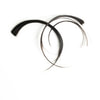

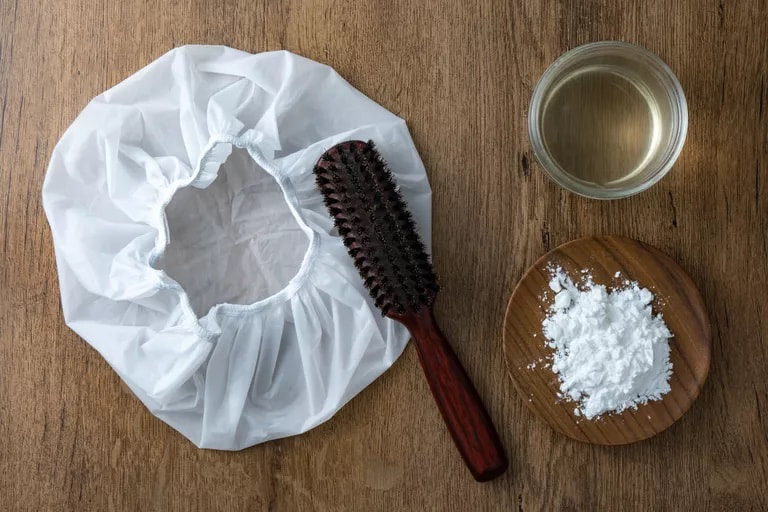
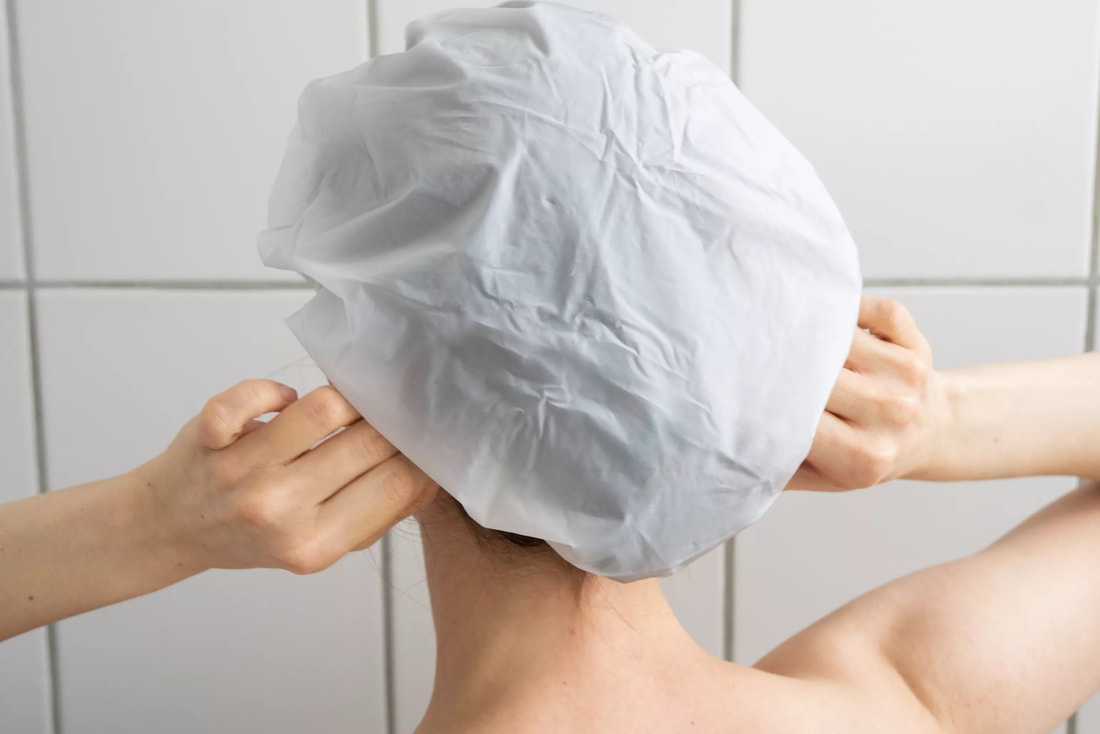
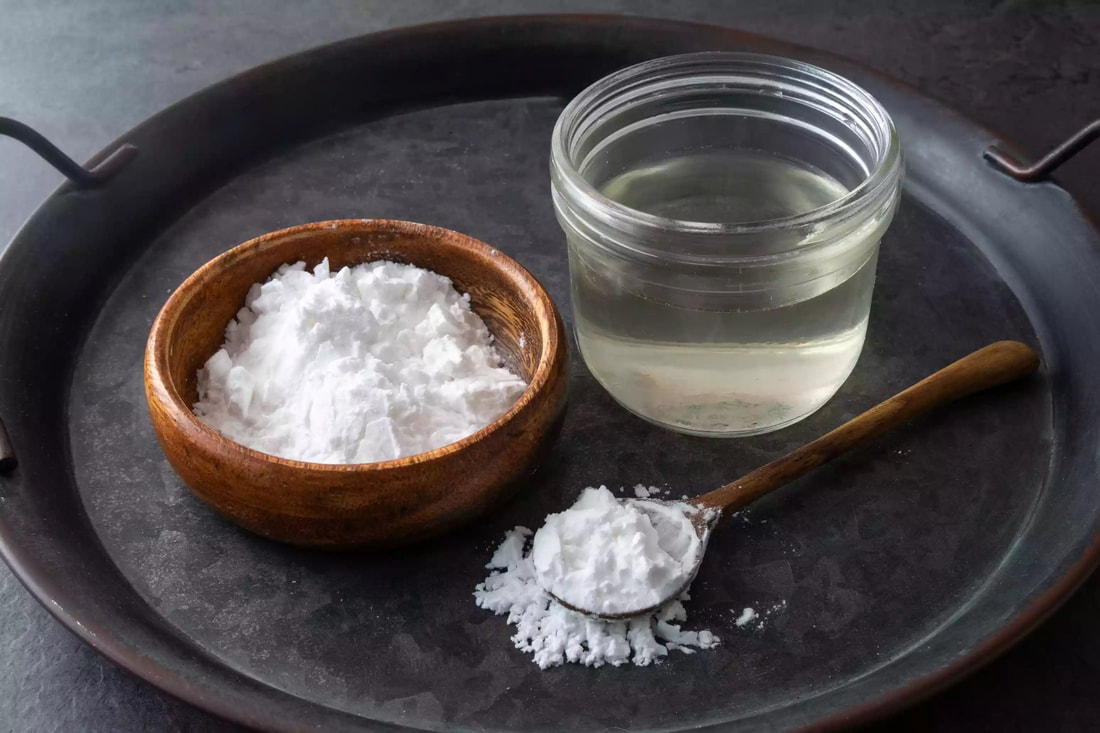
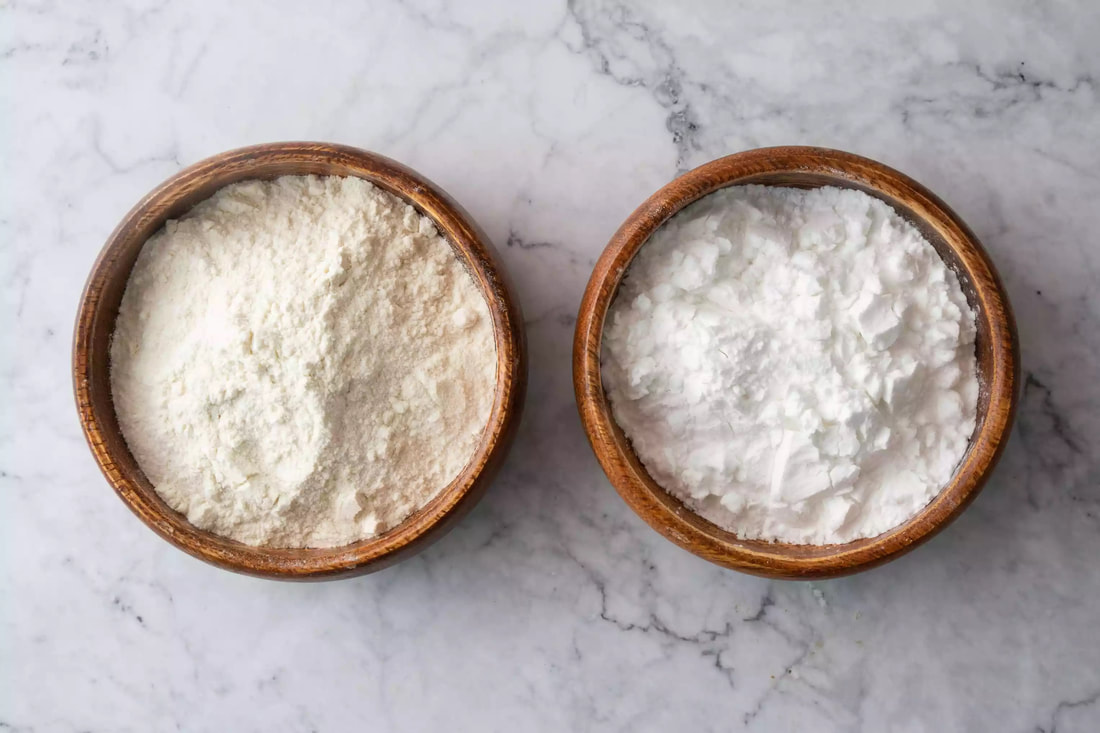


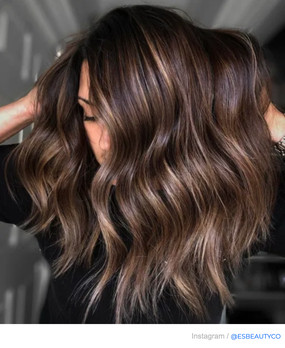
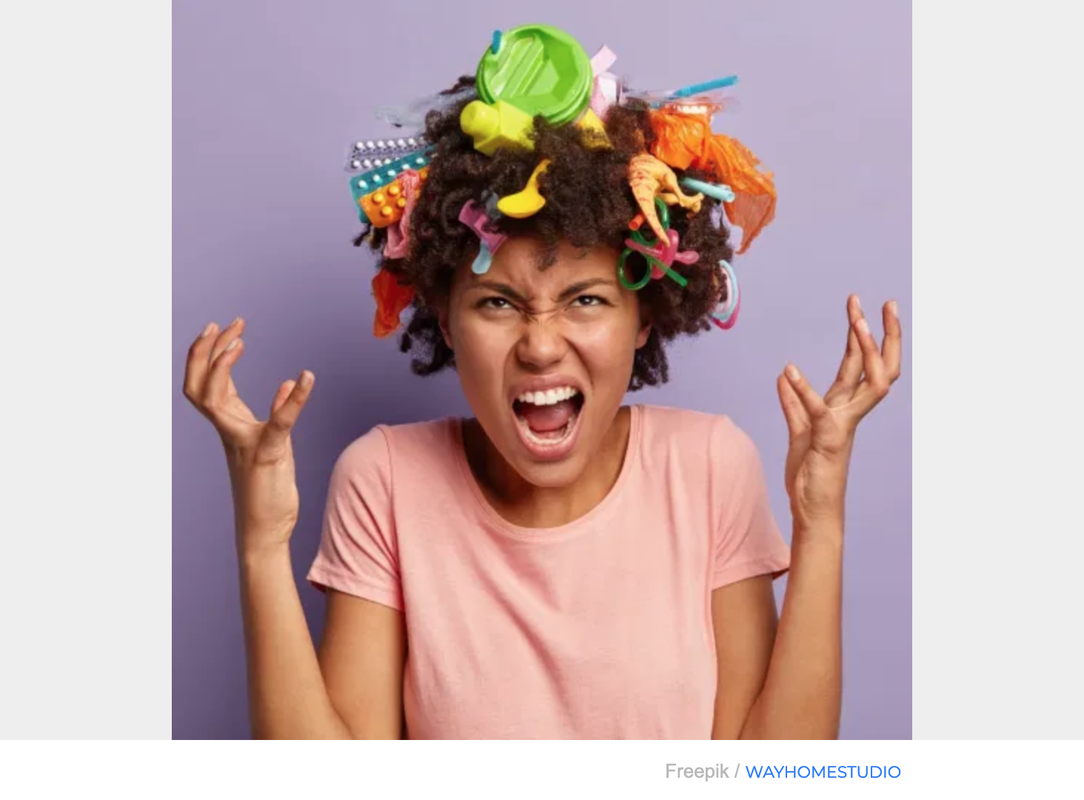
 RSS Feed
RSS Feed